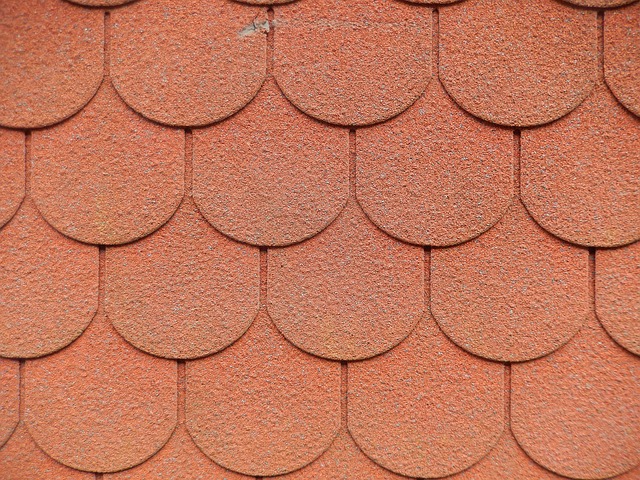Green roofs and living roofs offer an innovative, sustainable solution for urban spaces, integrating plant life to provide multiple environmental benefits like improved insulation, reduced heat island effect, enhanced air quality, and effective water management. Design considerations include evaluating space and sunlight, choosing native flora for adaptability, and aligning the layout with goals such as energy efficiency or biodiversity promotion. Expert installation involves a thorough assessment, waterproof membrane, drainage layer, lightweight growing medium, and careful planting of native grasses, sedums, shrubs, and perennials. Regular care includes inspection, proper irrigation, organic practices, pruning, and weeding to maintain a thriving, eco-friendly rooftop garden that contributes to urban green spaces and energy-saving solutions.
Transform your rooftop into a vibrant oasis with an expert installation of a green roof—a sustainable and aesthetically pleasing solution for modern living. This comprehensive guide explores the world of urban green roofs, highlighting their numerous environmental benefits, from reducing energy costs to enhancing biodiversity. We’ll navigate the design process, offering eco-friendly planting options tailored to your space. Learn the step-by-step installation method, ensuring a robust sustainable roof system. Discover maintenance tips for long-lasting beauty and ecological impact.
- Understanding Green Roofs and Their Benefits
- Choosing the Right Design and Planting Options for Your Rooftop Garden
- The Installation Process: Step-by-Step Guide to Expert Implementation
- Maintaining Your Sustainable Roof System: Tips and Best Practices
Understanding Green Roofs and Their Benefits
A green roof, also known as a living roof or rooftop garden, is a sustainable roof system that integrates plant life into an urban setting. It’s more than just a aesthetic upgrade; it’s an eco-friendly solution with numerous environmental benefits. These roofs utilize specific plants and growing media, designed to thrive in a variety of conditions, from extensive systems requiring minimal maintenance to intensive systems mimicking natural landscapes.
Green roofing technology offers a range of advantages for both residential and commercial properties. It acts as an effective insulation layer, reducing energy consumption by minimizing heat transfer. Additionally, these roof gardens contribute to urban green spaces, helping to mitigate the heat island effect and improving air quality. They also provide a habitat for local wildlife and enhance water management through runoff absorption, offering an environmental roofing solution that is both beautiful and beneficial.
Choosing the Right Design and Planting Options for Your Rooftop Garden
When designing your rooftop garden, the first step is to consider the space constraints and sunlight exposure to choose a suitable layout. A green roof, also known as a living roof, offers a diverse range of planting options, from extensive systems with low-growing plants to intensive systems capable of supporting trees and shrubs. The right design should align with your goals, whether it’s creating an eco-friendly haven, enhancing energy efficiency through insulation, or simply transforming your urban space into a vibrant green oasis.
Plant selection plays a crucial role in the success of your rooftop garden. Native flora is often recommended for its adaptability and low maintenance requirements, contributing to local biodiversity. Additionally, choosing plants with similar water and sunlight needs ensures optimal growth conditions. With advancements in green roofing technology, you can now incorporate diverse plant species into your sustainable roof system, transforming it into a thriving urban green roof that provides environmental roofing solutions while reducing the energy footprint of surrounding structures.
The Installation Process: Step-by-Step Guide to Expert Implementation
The expert installation of a rooftop garden involves a meticulous process that transforms conventional rooftops into vibrant eco-friendly spaces. It begins with an assessment to determine the structure’s load-bearing capacity and ensure it can support the weight of the green roof system. This initial step is crucial for the safety and longevity of the installation. Once approved, the roof is prepared by installing a waterproof membrane and a drainage layer to protect against moisture intrusion.
The next phase involves laying down a growing medium, typically lightweight soil, over the impermeable barrier. This is followed by carefully selecting and planting suitable vegetation that can thrive in the unique conditions of a rooftop environment. From native grasses and sedums to diverse shrubs and perennials, each plant contributes to the garden’s aesthetics and environmental benefits. A critical aspect is ensuring proper irrigation, often incorporating drip systems or other efficient watering solutions to maintain the health of the living roof.
Maintaining Your Sustainable Roof System: Tips and Best Practices
Maintaining a rooftop garden or living roof is an ongoing process that ensures its longevity and environmental benefits. Regular upkeep is key to keeping your sustainable roof system thriving. Start with a comprehensive inspection, checking for any signs of damage, water leaks, or blocked drainage systems. Proper irrigation is vital; ensure plants receive adequate water while preventing over-saturation, as this can lead to root rot.
Implementing eco-friendly practices further enhances the garden’s health and overall environmental impact. Use organic fertilizers and pest control methods to avoid harmful chemicals. Consider using native plant species tailored to your region, as they require less maintenance and provide habitat for local wildlife. Regular pruning and weeding not only keep the garden aesthetically pleasing but also support a balanced ecosystem on your roof.
A well-designed and expertly installed rooftop garden transforms your urban space into a vibrant oasis, offering numerous environmental benefits, including improved insulation, reduced urban heat islands, and enhanced air quality. By choosing the right plants and incorporating sustainable practices through green roofing technology, you contribute to a healthier planet while creating an aesthetically pleasing and eco-friendly haven. With proper maintenance, your living roof becomes a thriving ecosystem that provides both functional advantages for energy-saving roof systems and aesthetic appeal, making it a top choice for urban green roofs.
